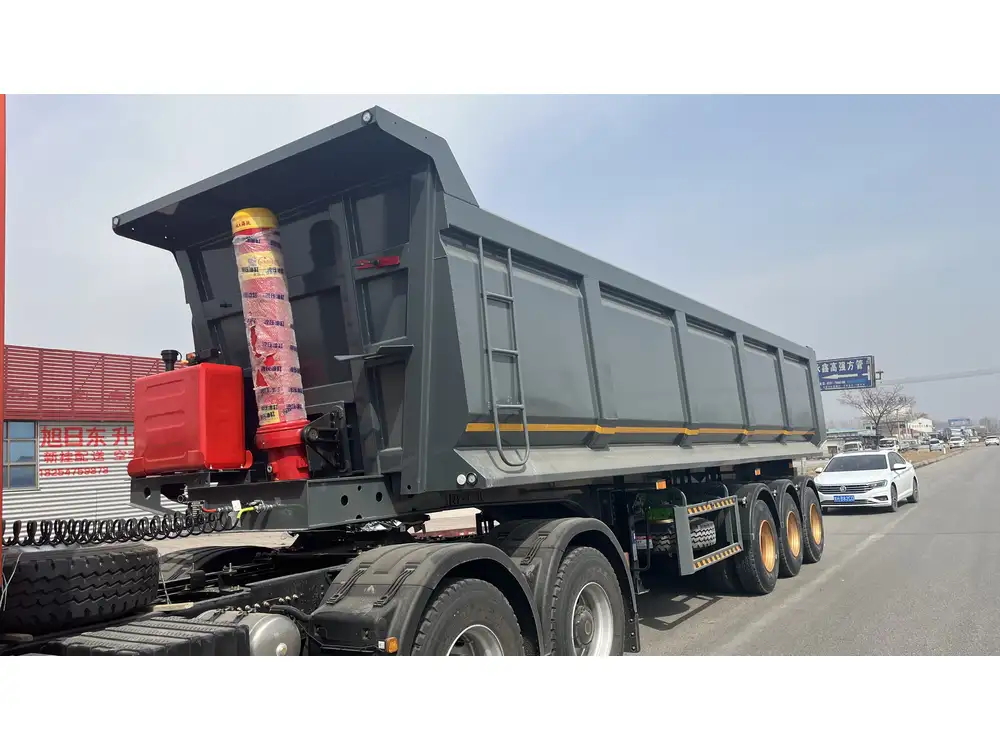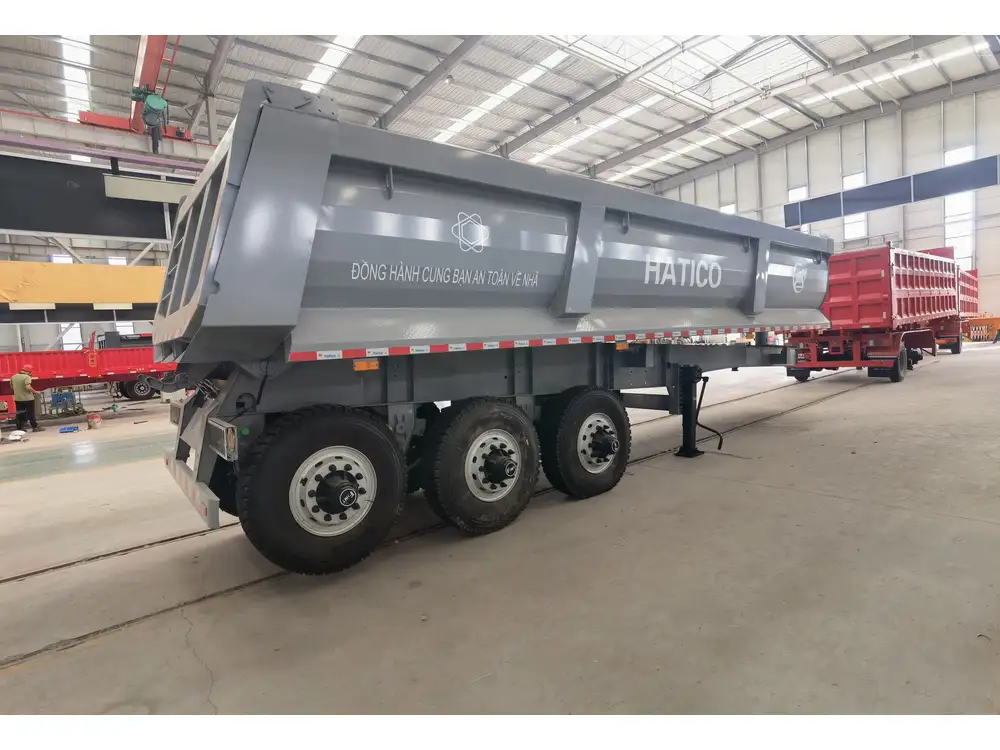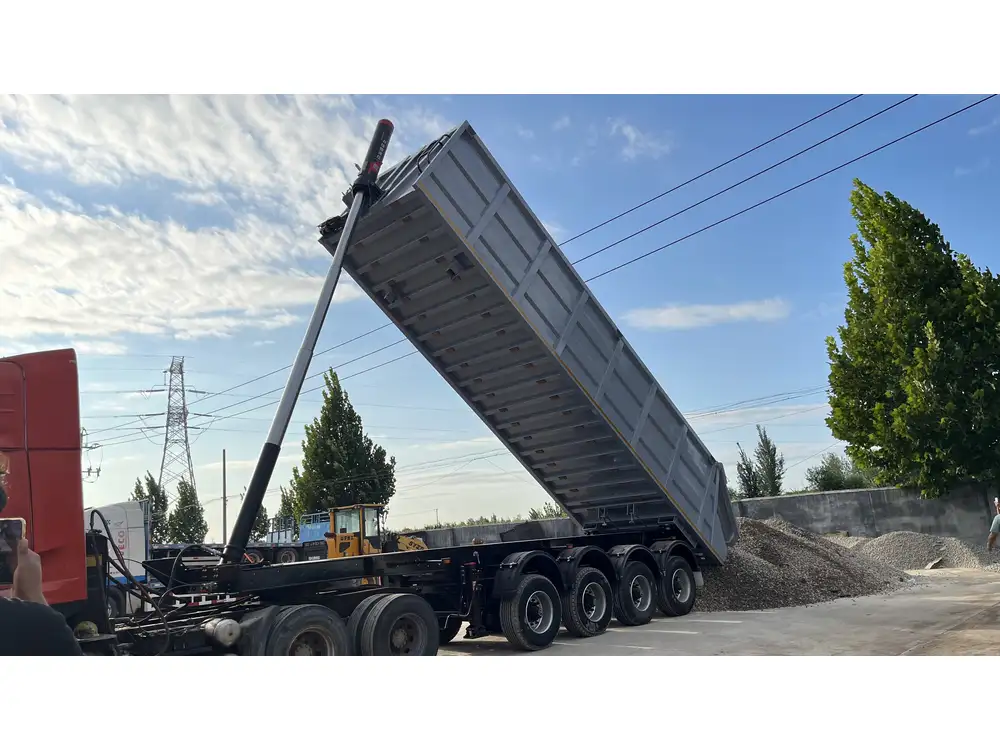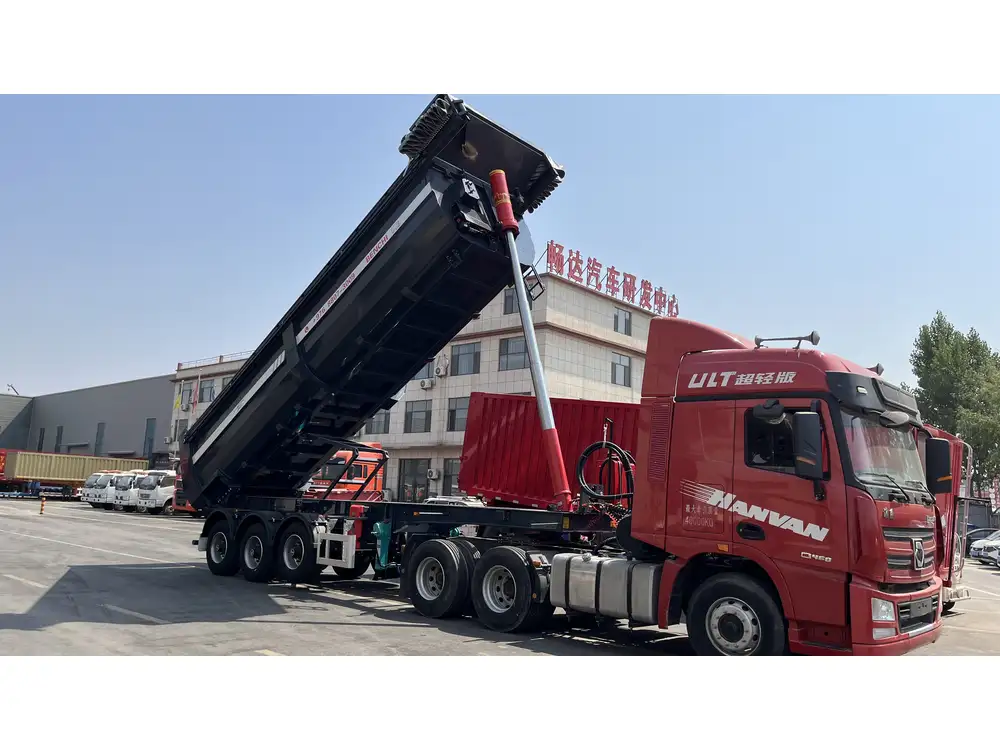Wiring a dump trailer pump correctly is crucial to ensure optimal performance and safety. Dump trailers are valuable assets for anyone involved in construction, landscaping, or various hauling tasks. Understanding the electrical system that powers these hydraulic pumps can save time, prevent costly errors, and enhance operational efficiency.
This guide provides detailed instructions, practical tips, and the necessary safety precautions to navigate the wiring process smoothly. Follow along to learn how to wire a dump trailer pump effectively.
Understanding the Components of a Dump Trailer Pump System
Before diving into the wiring process, it’s essential to familiarize yourself with the primary components of a dump trailer pump system:
| Component | Description |
|---|---|
| Hydraulic Pump | Converts mechanical energy into fluid power to lift loads. |
| Battery | Provides the electrical power necessary for the pump. |
| Toggle Switch | Controls the operation of the pump to raise or lower the trailer bed. |
| Hydraulic Fluid | Transfers force within the hydraulic system. |
| Hoses and Fittings | Connects the hydraulic components and ensures proper fluid transfer. |
| Relief Valve | Protects the system from overpressure issues. |
Essential Tools and Materials
To proceed with wiring the dump trailer pump, gather the following tools and materials:
- Wire strippers
- Crimping tool
- Electrical tape
- Heat shrink tubing
- Battery connectors
- A suitable gauge wire (typically 10 or 12 Gauge)
- Toggle switch
- Terminal blocks or connectors
- Multimeter

Safety First: Precautionary Measures
Disconnect the Battery: Before starting any electrical work, ensure to disconnect the battery to avoid any potential short circuits or electric shocks.
Wear Protective Gear: Use gloves and safety goggles to protect yourself from potential hazards.
Follow Manufacturer Instructions: Always refer to the user manual of your specific dump trailer pump model for any specific wiring instructions.
Step-by-Step Wiring Instructions
Step 1: Identify the Wiring Layout
Examine the pump and its wiring diagram, typically found in the user manual. This diagram outlines the connections to the battery, pump, and toggle switch.

Step 2: Prepare the Wiring
Cut and Strip Wires: Measure and cut the wire to the desired lengths based on the layout. Use wire strippers to remove approximately 1/2 inch of insulation from both ends of each wire.
Select the Correct Gauge: Ensure you are using the correct gauge wire suitable for your pump’s power requirements. Under-sizing can lead to overheating and failure.
Step 3: Install the Toggle Switch
Locate the Switch Position: Find the appropriate spot on the trailer for the toggle switch. This should be easily accessible while operating the trailer.
Connect Wires to the Toggle Switch:
- Connect one terminal to the power supply (battery).
- Connect the other terminal to the hydraulic pump’s motor.
- Ground the switch to ensure safe operation.
Example Wiring Diagram
Battery (+) ------ Toggle Switch ------ Pump Motor (+)
Battery (-) ------ Ground
Step 4: Connect the Pump to Power
Connect Power Wires:
- Attach the positive wire from the battery to the pump’s positive terminal.
- Connect the ground wire to the pump’s negative terminal.
Use Terminal Blocks: To ensure a secure connection, use terminal blocks or connectors. This provides flexibility for future enhancements or troubleshooting.
Step 5: Install the Relief Valve
The relief valve must be installed to prevent overpressure situations. The installation typically involves:
- Identifying the correct mounting location as per the diagram.
- Connecting hoses from the pump to the valve.
- Adjusting the valve to the required pressure limit, which can usually be found in the user manual.
Step 6: Testing the System
Reconnect the Battery: Carefully reconnect the battery terminals, ensuring a solid connection.
Test the Operation: Turn the toggle switch to raise and lower the dump trailer. Monitor the pump for any unusual sounds or leaks.
Check Voltage: Utilize a multimeter to test the voltage at the pump terminals to confirm adequate power supply.

Troubleshooting Common Wiring Issues
Problem 1: Pump Not Operating
- Check Power Supply: Ensure the battery is charged and the connections are secure.
- Inspect the Toggle Switch: Verify that the toggle switch is functioning correctly.
- Examine Wiring: Look for any frays or disconnections in the wiring.
Problem 2: Pump Runs Slow
- Inspect Power Connections: Ensure all connections are tight and not corroded.
- Check Wire Size: Confirm you are using a proper wire gauge that can handle the pump’s power.

Problem 3: Fluid Leaks
- Tighten Connections: Ensure all hoses and fittings are firmly connected.
- Check for Damaged Hoses: Inspect hoses for cracks or weaknesses that may allow fluid to escape.
Maintenance Tips for Your Dump Trailer Pump
- Regular Inspections: Frequently check the wiring connections for signs of wear, corrosion, or damage.
- Hydraulic Fluid Replacement: Change the hydraulic fluid periodically as recommended in the manual to maintain efficiency.
- Clean the Components: Regularly clean the pump and associated parts to prevent dirt accumulation that can impair function.
Optimizing Performance: Enhancements to Consider
Upgrade to High-Quality Switches: Investing in durable toggle switches can improve longevity and reliability.
Implement a Wire Management System: Utilize cable ties or conduits to organize your wiring effectively, reducing the likelihood of wear and damage.
Consider Remote Control Options: For added convenience, consider integrating a remote control system to operate the dump trailer pump from a distance.

Conclusion
Wiring a dump trailer pump might seem daunting, but with the right knowledge, tools, and safety precautions, it can be accomplished with ease. This step-by-step guide aims to provide clarity and ensure a successful setup of your dump trailer pump system.
Remember that regular maintenance and attentive monitoring of your setup are key to prolonging the life of your equipment. By following these guidelines, you will not only optimize performance but also enhance your operational reliability. Should any issues arise, consult with a professional specialist or refer back to this guide for troubleshooting advice.
With proper care and attention, your dump trailer pump will serve you across various tasks and projects, ensuring you get the most out of your investment.



